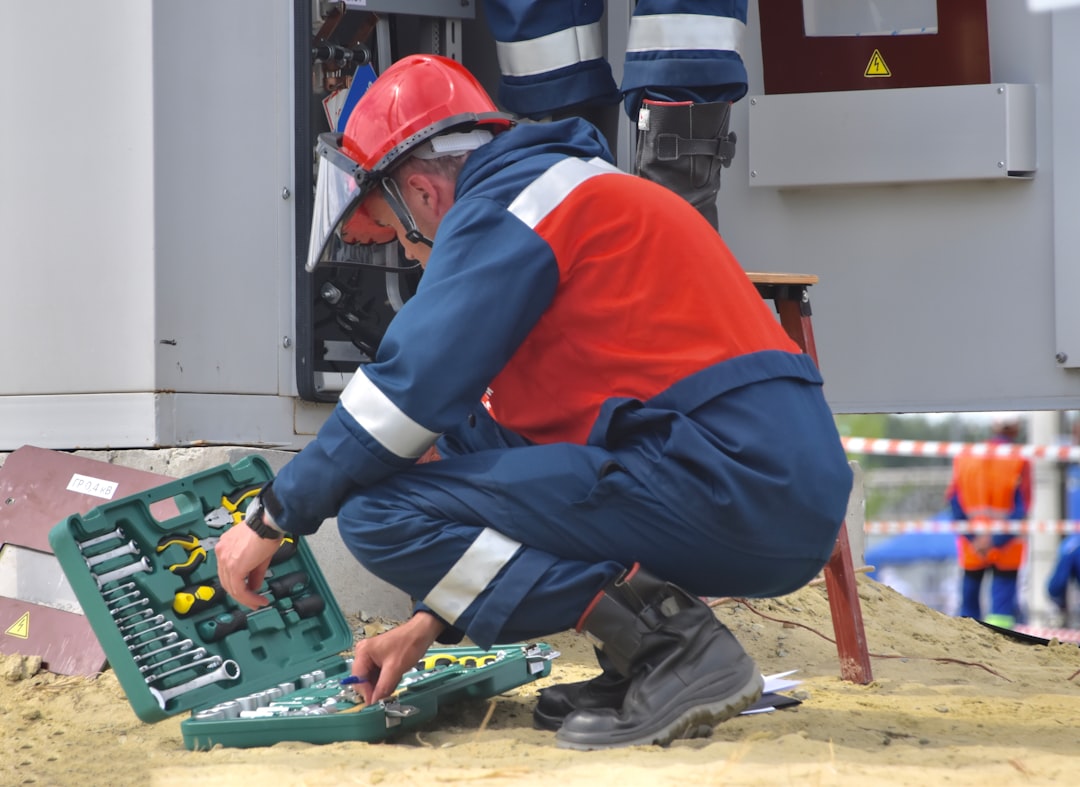
Steel fabrication is a crucial process in numerous markets, preparing for building every little thing from bridges to autos. This broad term includes numerous processes, techniques, and methods that change raw steel into functional products or components. With the boosting demand for tailored solutions and progressed innovations, recognizing the details of steel construction is crucial for both makers and customers.
The steel manufacture process generally entails several crucial actions, consisting of reducing, flexing, welding, and setting up. Each step plays a crucial duty in figuring out the final product’s top quality and efficiency. For instance, high-precision reducing strategies like laser cutting or waterjet reducing allow for elaborate styles with very little waste. Bending processes ensure that the steel parts are designed properly to fit within overall building and constructions, while welding methods, such as MIG (Steel Inert Gas) and TIG (Tungsten Inert Gas), make certain solid joints that are vital for durability.
Among the primary advantages of metal construction is its versatility. Different metals, including steel, light weight aluminum, and copper, can be utilized for various applications, depending upon their homes and the demands of completion product. This adaptability permits sectors to pick products that finest match their needs, influencing stamina, weight, deterioration resistance, and cost-effectiveness. Furthermore, developments in manufacture technologies have even more expanded the range of applications and the complexity of layouts that can be attained, empowering organizations to innovate consistently.
Metal manufacture not only offers useful functions but also adds dramatically to the economy. The construction market creates jobs, drives technological technology, and sustains other industries such as building, vehicle, and aerospace. As markets progress in the direction of even more lasting practices, metal construction is adapting to meet these difficulties by welcoming new innovations, such as automation and progressed robotics, to boost effectiveness while lowering environmental effect.
To conclude, steel fabrication is a crucial part of modern-day production and facilities development. Comprehending its strategies, applications, and relevance aids companies and consumers appreciate the intricacy behind the metal products we usually consider given. As innovation remains to advancement, the opportunities for advancement within the steel construction market will undoubtedly increase, paving the way for a more reliable and lasting future.
The Beginners Guide To (What You Need To Know To Get Started)